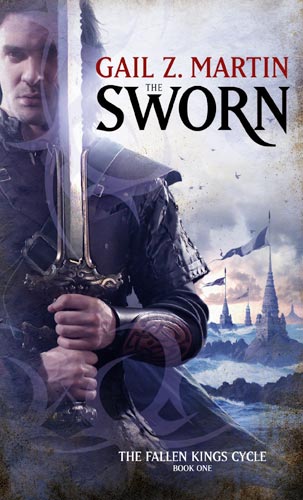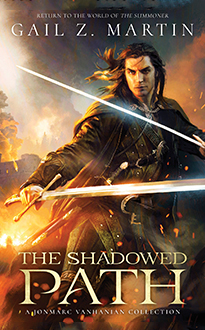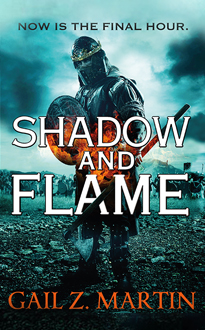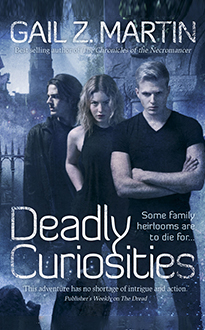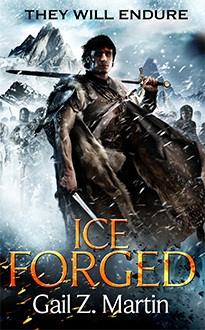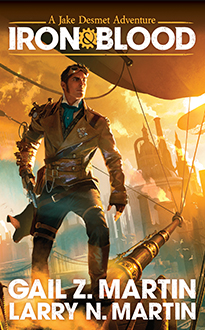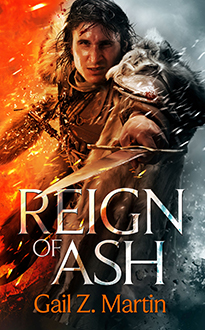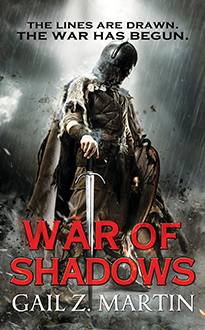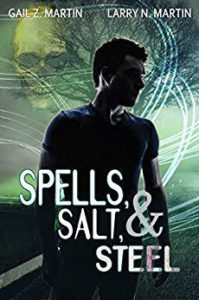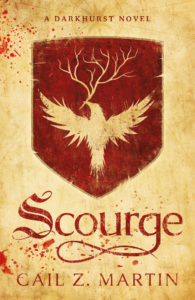by Crymsyn Hart
The summer is gearing up with conventions that I’ll be heading out to so I can hang out with some other cool authors and meet some great new people. I’ll be headng to Fandom Fest in Kentucky in July and then Authors After Dark in August. There I’ll be chilling with some more paranormal romance authors. I can just imagine that we will be talking about. Getting up together with more than three hundred women will be an interesting experience and who knows if there will be a cat fight or two.
Before all of that, I’ve found that I’ve been confronted with a balancing act of late. Writing for myself and writing for the market place. Not speaking for anyone else, but over the past couple of years I’ve noticed the market place has changed. Vampires used to be huge (not that they aren’t anymore), but zombies seem to be the in thing this year. At first it was okay to write just one couple in a book and the reading population was happy.
Now it appears that menage a trois and multiple partners are the new rage. Trying to follow the market, I’ve dabbled in this genre of the erotic romance, but find it difficult to keep up. I’m more of a one man and one woman kind of girl even though adding in the other characters makes for an interesting twist on the plot. So the question is, how do I balance everything?
I’ve always stuck by the staying that you have to write for you and not for the market. Most of what I write is for me. And I do admit, I bow and have found myself writing more of the erotic and adding in more of the sex than I find necessary, but hey, people love to read about sex. I find that I write more of the multiple partners as a dare to myself. Just to see if I can do it. And if the dare doesn’t work out, well then I guess I have to write more for me and hope that others en


